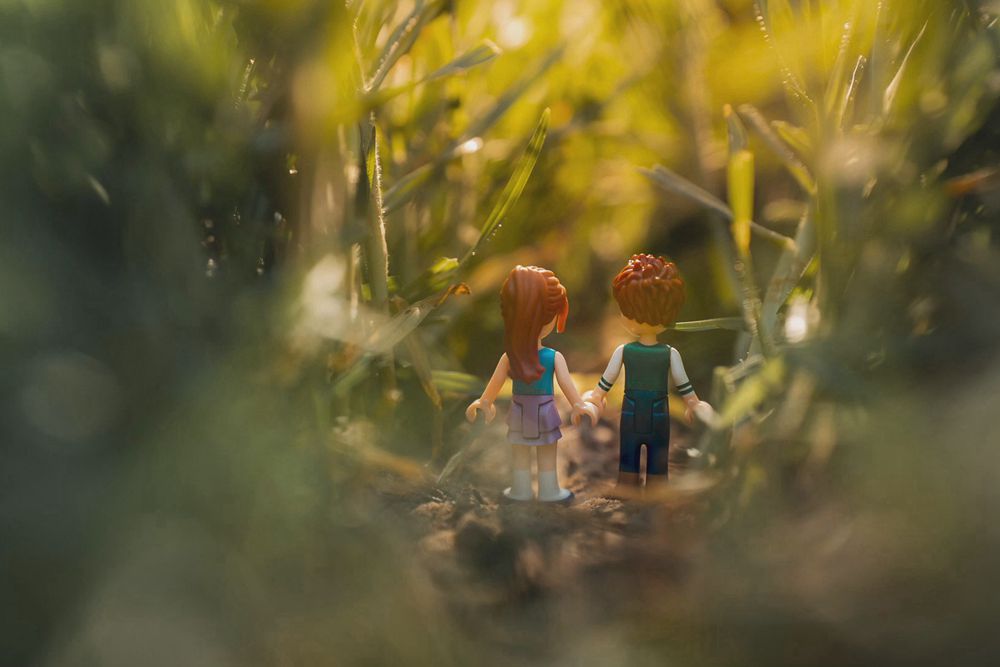
We all love to travel to exotic locations to experience life in different parts of the world and to come back with memorable images that we can call art. 2020 has been a year where we have been limited in our travel options and while the pandemic persists, we may have to consider ways to produce engaging images closer to home. This year I have focussed on shooting my state, my neighbourhood and even my own backyard! Here are some tips to maximise your shooting opportunities while in various stages of restrictions.
Research your own state as thoroughly as you would a foreign location
There is a tendency to be complacent when shooting locally because there isn’t the time pressure that you have when visiting a location for only a day or two. Pretend that your own neighbourhood is an exotic location and see what new and original places and angles you can create for yourself.
Take advantage of seasonal variations in landscapes for your given area

Photo on the left @ Larry Marshall Shot with NiSi ND 8 + CPL
Photo on the right @ Nick Palastro
When living in an Australian city, each season offers different aspects of shooting.
During summer, the golden dry fields and hay bales make for good seasonal subjects.
In autumn, there are pockets of deciduous trees which are sparse and often located in hillside locations.
Waterfalls flow best during late winter rain. I often head out with nothing more than my camera, tripod and a screw on CPL (and possibly a screw-on ND filter)
In spring, the vibrant Jacaranda are out in bloom. The use of circular polariser can help bring out the colours of foliage.
Consider shooting cityscapes

@ Aditya Permana Shot with NiSi Soft GND 16 + ND 64 + CPL
During the day you can capture street scenes which emphasise aspects of your own city. For instance, in Adelaide, there are certain sculptures that are iconic to our city such as our two giant glass balls balancing on top of each other in the midst of our largest city mall.
Using a short exposure handheld can give a sense of business and vibrance to the scene but try using a dense ND filter for long day time exposures in crowded places. The movement of people can lead to an ethereal ghost or mist like quality as they trail through the exposure duration. During the day you may need a 10 to 15 stop filter to achieve a long enough exposure.
Consider night photography

@ Kieran Stone Shot with NiSi Natural Night
Light trails after hours from busy city junctions can make for some striking images. If you can find a safe elevated position, for instance a passenger overpass, this gives a good close-up angle. If you can afford to take a mini break from home, see if you can hire an apartment building with balcony overlooking busy streets or well-lit buildings. Using a natural night filter would be very valuable in these scenarios to reduce light pollution.
If you happen to live in a relatively small town, perhaps look for engaging foreground subjects for star photography on the outskirts of town. Even in a city of 1 million people such as Adelaide, we have skies dark enough for milky way photography 45 minutes’ drive out from town. The natural night filter can again reduce the impact of distant light pollution in these scenes.
Explore your own backyard in detail

@ Kim Grant Shot with NiSi Close Up Lens
When you go looking in your backyard for subject matter, don’t forget the insect and plant world! After cool weather or recent rains, look under layers of grass of in shady places for fungi which may have emerged. Look in fruit trees for mantises, caterpillars and cocoons. There is all manner of very local fauna that can be photographed either with a macro lens or with a close-up filter that allows additional magnification on a standard zoom lens.
Creative Photo in Lockdown
by Dylan Toh





